How Long Does SEO Take to Work?
Jul 30, 2024
Written by Casey Bjorkdahl

Casey Bjorkdahl is one of the pioneering thought leaders in the SEO community. In 2010, Casey co-founded Vazoola after working for a Digital Marketing Agency for five years in New York City. Vazoola is now one of the fastest growing and most widely recognized SEO marketing firms in the country.
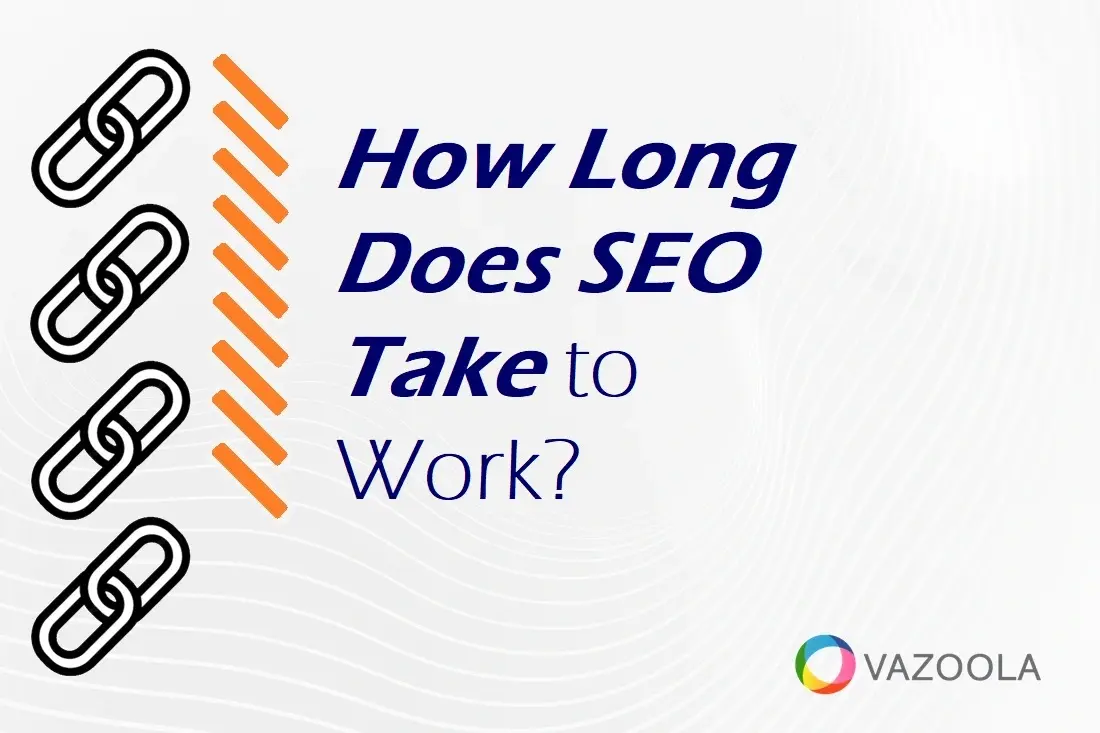
SEO is a long-term process – a marathon rather than a sprint. It's about laying down a foundation that will sustainably boost your website's visibility and ranking on search engines over time.
But as you invest time and resources into SEO, a pressing question often arises: How do you know if SEO is working? What does "working" look like?
For most businesses and marketers, the efficacy of SEO is measured by how well and how quickly it helps a site rank on Google, which remains the world's most-used search engine.
Keep reading as we explore six factors that affect how long it takes for SEO to show results, and we present typical SEO timelines for existing websites versus new websites, along with what you can do to "speed up" search results. Spoiler alert: No, SEO is not a one-time thing.
This introduction will set the stage for understanding the timelines involved and managing expectations realistically as we delve deeper into how long it typically takes for SEO to truly "work.”
Key Takeaways:
-
SEO is a long-term process that gradually boosts your website's visibility and ranking.
-
Organic SEO improves your site's ranking naturally, unlike paid search efforts that yield immediate results.
-
Factors like website age, content quality, keyword competition, and user experience greatly influence SEO timelines.
-
Ranking a new website can take between 6 months and 1 year, with competition and content quality affecting the timeline.
-
Implementing best practices like quality content creation, keyword optimization, site speed improvement, and regular updates can accelerate SEO results.
Table of Contents:
Why Does SEO Take So Long? 6 Factors That Affect Results
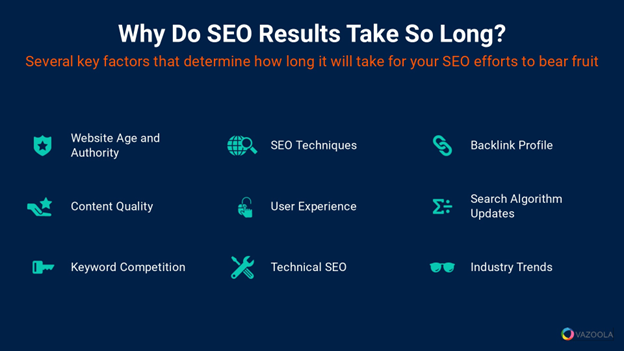
If you hope to understand why SEO can be a time-intensive process, you have to look at the factors that influence its effectiveness and timeline. These elements range from the quality of your existing website infrastructure to the competitiveness of your industry.
Some factors are within your control, allowing you to make strategic decisions that could speed up results. Others, however, are external and require patience and adaptation to navigate effectively.
Here's a look at some key factors that determine how long it will take for your SEO efforts to bear fruit:
-
Website Age and Authority: Older, established websites often rank more quickly because of their existing authority, which also can enhance over time.
-
Content Quality and Keyword Competition: The quality of your content and the competitiveness of your keywords are critical, interrelated factors that directly affect your SEO success.
-
SEO Techniques and Backlink Profile: Employing proper SEO techniques and building a robust backlink profile are both crucial and controllable factors that directly impact your search engine rankings.
-
User Experience (UX) and Technical SEO: Improvements in user experience, such as site speed and mobile-friendliness, are within your control and essential for effective SEO.
-
Search Engine Algorithm Updates: Changes in search engine algorithms are out of your control, requiring adaptability and ongoing strategy adjustments.
-
Industry Trends: Keep abreast of industry changes and adapt your SEO strategy accordingly. While these trends are external, your response to them is critical and within your control.
Pro Tips:
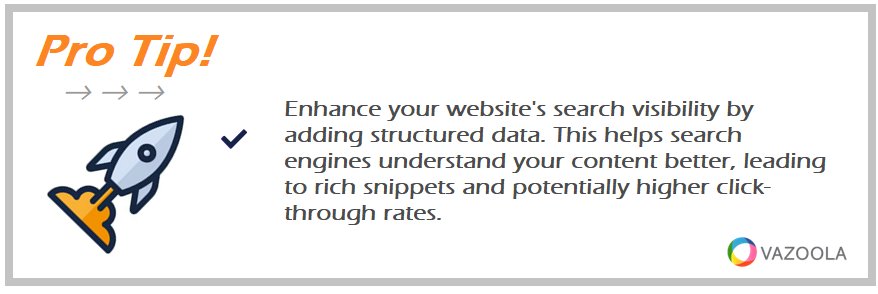
Enhance your website's search visibility by adding structured data. This helps search engines understand your content better, leading to rich snippets and potentially higher click-through rates.
'Typical' SEO Project Timeline
While the exact time it takes to see your own SEO results varies based on an assortment of factors, there are “typical” timelines that apply to both new and established websites.
SEO Time for an Established Website
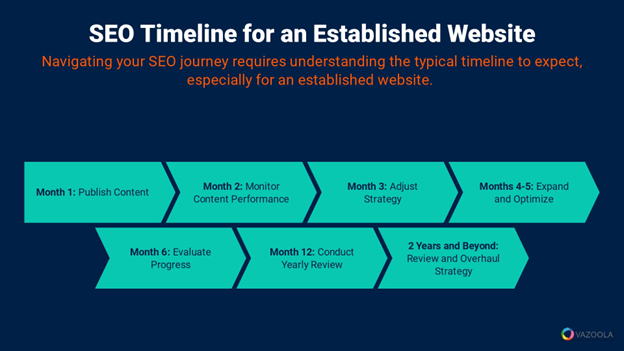
Navigating your SEO journey requires you understand the typical timeline to expect, especially for an established website.
We've outlined what happens at each stage of an SEO timeline for an already established site.
Month 1: Publish
The first month is foundational. It involves publishing well-optimized content that addresses user intent and search engine guidelines. The process includes naturally integrating target keywords, ensuring meta tags and descriptions are effectively written, and confirming all images are properly tagged.
In this initial setup, you also should ensure all technical SEO aspects are covered, including site speed optimization and mobile-friendliness. When the content goes live, the groundwork for tracking performance is already established.
Month 2: Monitor
In the second month, your focus shifts to monitoring and analyzing the performance of your newly published content. Track how your content is ranking in search engine results and observe user engagement metrics like time on page, bounce rate, and conversion rates.
SEO tools like Google Analytics play a crucial role in gathering data that helps you understand the impact of your initial SEO efforts.
Month 3: Adjust
By the third month of your SEO campaign, there should be enough data to start making informed adjustments. The step could involve tweaking underperforming keywords, refining content to better meet user search intent, or resolving any UX issues that might be hindering conversion rates.
It's likewise a good time to expand content outreach and start building external links that further strengthen your website's authority.
Months 4-5: Expand and Optimize
As the months progress, your strategy should start to expand beyond the foundational content. You might add more depth to existing topics, explore new keyword opportunities, and continuously optimize on-page elements based on ongoing analytics insights.
Your goal at this point is to broaden the website's reach and strengthen its presence in the SERPs.
Month 6: Evaluate
Halfway through the year, a comprehensive evaluation becomes important. The review should look at the overall progress towards SEO goals, the content's effectiveness and your ROI.
Make adjustments based on this analysis to refine the strategy for the next six months.
Month 12: Yearly Review
At the end of the first year, conduct a detailed review of all SEO activities. This process should include a deep dive into analytics to understand what worked, what didn't, and why.
Adjust your SEO strategy accordingly for the next year, taking into account any changes in search engine algorithms or shifts in market trends.
2 Years and Beyond
Over the long term, SEO requires ongoing maintenance and adjustment. Every two years, a significant review and overhaul of the SEO strategy might be necessary, depending on technological advancements, changes in SEO best practices, and evolving user behaviors.
It's also a time to solidify the gains made and explore new avenues for growth. Make sure your website not only maintains but also expands its search engine visibility.
How long does it take for SEO to update existing content?
Updating existing content for SEO typically shows results faster than creating new content.
Once changes are made, search engines like Google need to re-crawl and index the updated pages. This process can occur within days to a few weeks, depending on the site's crawl frequency.
Significant impacts on search rankings can often be observed within a few weeks to a couple of months. Factors like the website's authority, the extent of the updates, and the overall crawl budget can affect the speed of these results.
For best results, use tools like Google Search Console and request re-indexing to expedite this process.
Pro Tips:
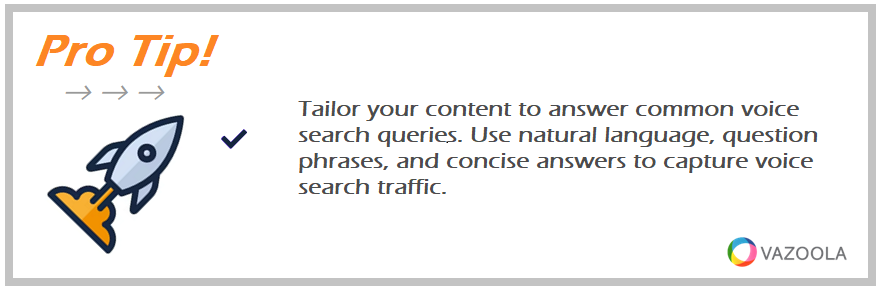
Tailor your content to answer common voice search queries. Use natural language, question phrases, and concise answers to capture voice search traffic.
SEO Time for a New Website
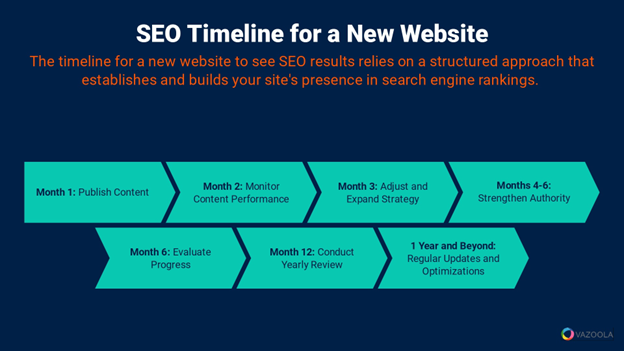
The timeline for a new website to see SEO results relies on a structured approach that establishes and builds your site's presence in search engine rankings.
It's important to understand this timeline so you set realistic expectations and effectively manage the growth of your site's search engine visibility.
Month 1: Publishing
A new website's first month is crucial for establishing a solid SEO foundation. In this step, you set up your website with SEO-friendly architecture, including mobile responsiveness and fast load times.
The first month's focus should be on creating and publishing high-quality content that targets strategic keywords. This sort of publishing helps you start ranking in SERPs.
It's also important that all on-page SEO elements - including title tags, meta descriptions, and headers - are properly optimized to help search engines understand and index the site's pages.
Month 2: Monitoring
In the second month, your emphasis should shift to monitoring how the newly published content and site structure are performing in SERPs. Use tools like Google Analytics and the Google Search Console to track visitors' behavior, site engagement, and organic search performance.
It's key that you analyze what keywords are driving traffic and which pages are resonating with audiences. The data will help you understand the initial impact of your SEO efforts, and it assists in your preparation for the next steps of optimization.
Month 3: Adjustment and Expansion
By the third month, you should start adjusting your SEO strategy based on the data you've collected. This step includes refining SEO strategies for content that isn't performing as expected and expanding successful topics or keywords.
The third month is also a good time to optimize internal linking within your website, thereby improving site navigation and increasing page authority across the website.
Month 4 to 6: Strengthening Authority
From months four through six, focus on strengthening your site's authority with external backlinks and continuing content development.
Build relationships for guest posts, participate in relevant forums, and get listed in directories. At the same time, keep adding content that fills gaps in your initial postings and addresses additional user queries.
Month 6: Comprehensive Evaluation
At the six-month mark, it's time to conduct a comprehensive evaluation of all SEO activities. Review which strategies are working and which aren't. Your analysis will guide adjustments to your SEO plan, and they'll help you focus on the more successful tactics.
It's also time to reassess user feedback and engagement, so you can tailor future content effectively.
Month 12: Year-End Review
After a year, you should see significant SEO growth. A year-end review looks at the overall traffic, rankings, and conversions compared to your website's start.
The review helps you understand the ROI of your SEO efforts. It also will help you strategize for the next year, incorporating new SEO trends and possibly expanding into new content areas or technologies.
Continuing Beyond Year 1
SEO is an ongoing process. After a new website's first year, it's important to maintain the momentum with regular updates and new content. Don't forget to continue optimizing your website based on algorithm updates and market changes.
Moving forward, regularly revisiting your SEO strategies every six months to a year can help you adapt to changes and push for continuous growth in rankings and traffic.
How much time does it take to rank a new website?
Ranking a new website typically takes anywhere from 6 months to a year, depending on factors like competition, keyword difficulty, and content quality.
Initially, search engines need time to crawl and index new content, and establishing domain authority can take several months. Websites targeting highly competitive keywords or industries might experience longer timelines before they see significant ranking improvements.
The importance of consistent efforts to optimize content, build backlinks, and improve user experience throughout this period can't be overstated. Regular updates and adherence to SEO best practices help accelerate the process. Still, patience and persistent effort are essential.
Pro Tips:
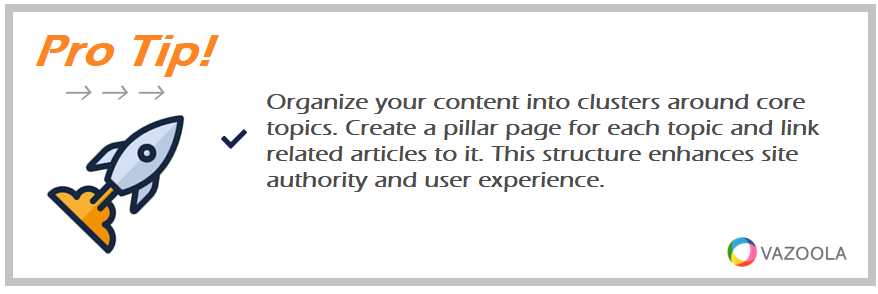
Organize your content into clusters around core topics. Create a pillar page for each topic and link related articles to it. This structure enhances site authority and user experience.
Tips to 'Speed Up' SEO Results
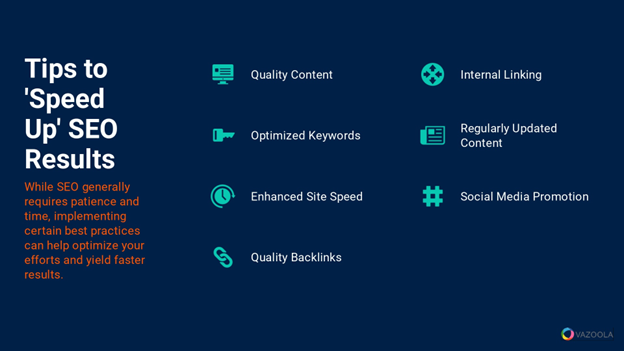
In your quest to improve SEO performance, a variety of strategies potentially can "speed up" the process, so it quickly boosts your site's visibility and organic traffic.
While SEO generally requires patience and time, implementing certain best practices can help optimize your efforts and yield faster results.
Keep reading for actionable tips and best practices that can accelerate the impact of your SEO strategies:
-
Focus on Quality Content: High-quality, relevant content addresses the needs and questions of your target audience.
-
Optimize for Keywords: Thorough keyword research helps you find low competition keywords with high search volumes.
-
Enhance Site Speed: Improving your website's loading speed directly impacts user experience and SEO rankings.
-
Build Quality Backlinks: Actively seek high-quality backlink opportunities from reputable sites in your industry to boost your domain authority and hasten your SEO success.
-
Use Internal Linking: Strengthening your internal linking structure helps search engines more efficiently crawl and index your site, while also boosting engagement and SEO performance.
-
Regularly Update Content: Regular content updates tell search engines your site is active and relevant, which encourages more frequent crawling.
-
Leverage Social Media: Promoting your content on social media platforms increases visibility and generates extra traffic. While social signals aren't direct ranking factors, increased visibility can lead to more backlinks, traffic, and engagement.
Pro Tips:
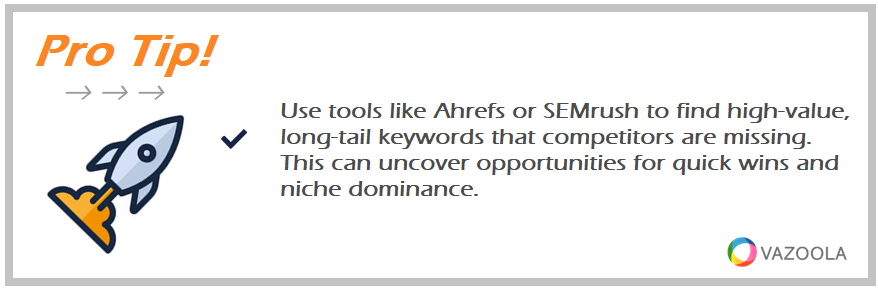
Use tools like Ahrefs or SEMrush to find high-value, long-tail keywords that competitors are missing. This can uncover opportunities for quick wins and niche dominance.
Take Steps to See SEO Results Sooner
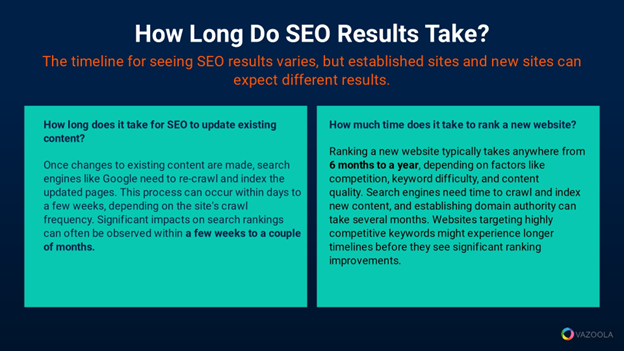
Remember, SEO is a lot more than a one-time task. It's a continuous process that requires ongoing attention and adaptation.
When you embrace SEO's dynamic nature, your website can't help but achieve and maintain high rankings in SERPs.
Of course, the timeline to see significant SEO results varies, so applying best practices and staying proactive in your SEO efforts will help build a powerful online presence over time.
Pro Tips:
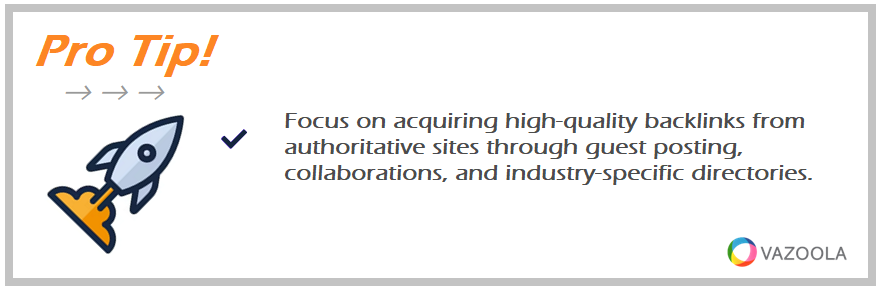
Focus on acquiring high-quality backlinks from authoritative sites through guest posting, collaborations, and industry-specific directories.

